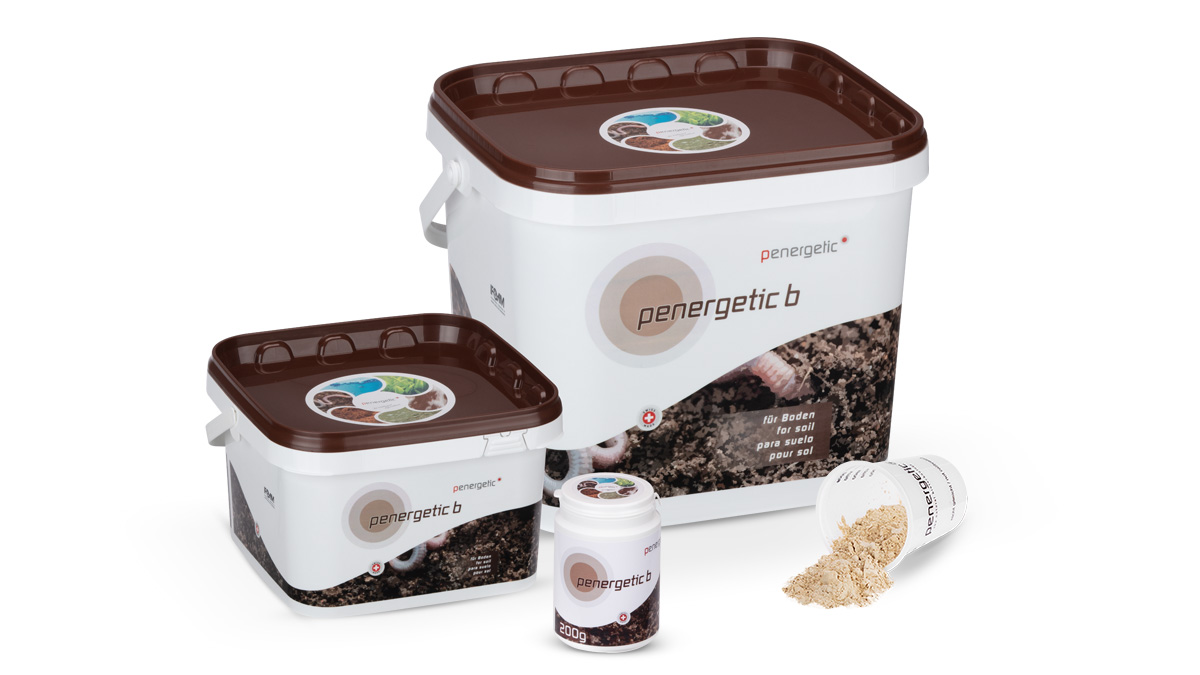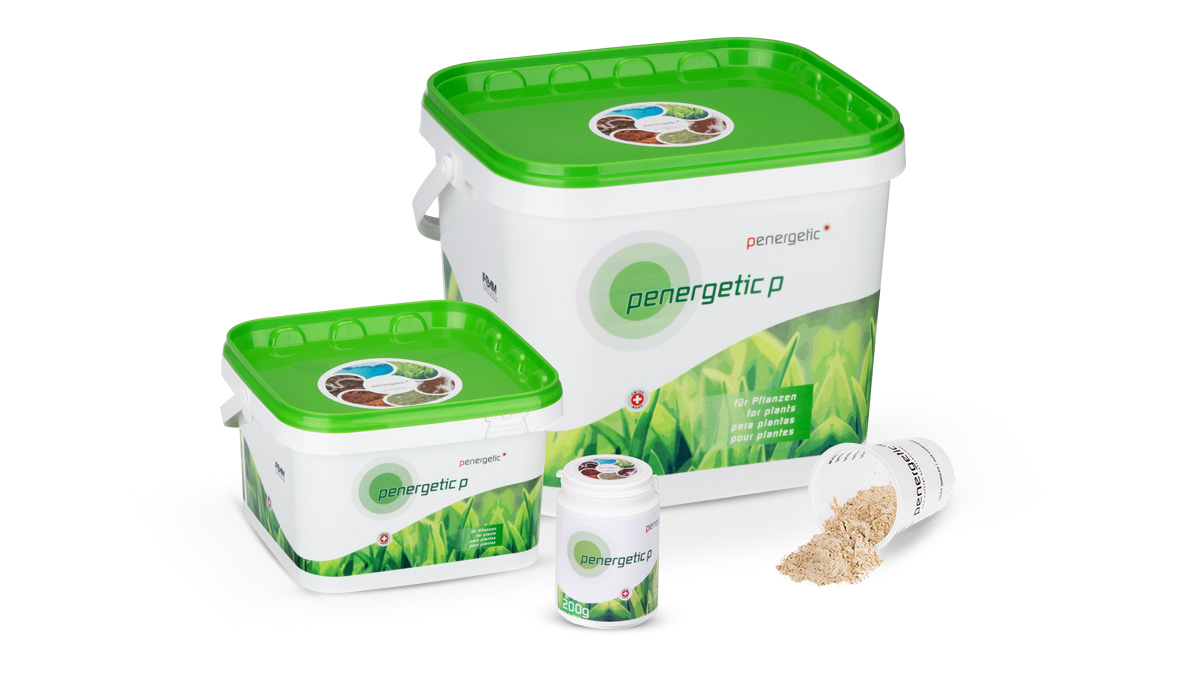
Mineral fertilizer vs. available nutrients in the soil
Gerusa Pauli Kist Steffen & Ricardo Bemfica Steffen
The future of humanity depends on the success of agriculture, as does the global economy. The agricultural market moves hundreds of billions of dollars a year and employs 28% of the planet's population. In addition to guaranteeing food for the population, agriculture generates wealth and is essential for the life of humanity.
Plant nutrition: mineral fertilizer vs. available nutrients in the soil
Plant nutrition is essential for agriculture. However, it is necessary to understand that there are other sources for the fixation and release of nutrients for plants than mineral fertilizers. Practically all 16 essential elements for cultivated plants can be made available by the action of soil microorganisms. However, for this to happen, soils need to provide basic conditions to ensure microbial activity, such as moisture, nutritional balance, organic carbon and pH within a range between 4.5 and 6.5.
Reducing the use of mineral fertilizers doesn't necessarily mean yield loss.
Research data demonstrate that rational fertilizer reduction allows for short- and medium-term improvements in the biological quality of soils. Reducing the use of mineral fertilizers results in a reduction in the concentration of salts near the roots. Reducing salts means improving conditions for microbial development.
In many parts of the world, rationally reducing mineral fertilizer contents is a practice with excellent responses in terms of crop productivity. Despite reducing fertilizer inputs, the levels of the important elements in the soil are maintained due to the availability of microorganisms. Among these elements, nitrogen, phosphorus and potassium and some micronutrients can be supplied via biological cycles in the soil.
Studies with fertilizer reductions compensated by biostimulation
The power of biostimulation for successful agriculture
Benefits of biostimulation
The stimulation of plants results from the benefits offered by microbial symbiosis. The synthesis and concentration of phytohormones, the induction of resistance mechanisms in the plants, the bioavailability of nutrients through the action of solubilizers and the optimization of water use, lead to increases in productivity, lower production costs and, consequently, higher profitability for the producer.
Microorganisms allow for a reduction of mineral fertilizers
Practically all essential elements for cultivated plants can be made available by the action of soil microorganisms. They are key players in the cycling of nutrients such as nitrogen, sulfur and phosphorus and also play an important role in the de decomposition of organic matter.
Soil organisms
In addition to microorganisms, larger organisms such as beetles, earthworms, spiders, termites, and terrestrial crustaceans also contribute to agriculture. They do this by breaking down plant and animal organic residues and incorporating them into the soil profile, making nutrients bioavailable, increasing porosity, and allowing water to penetrate the soil. In addition, many organisms participate in biological control because they are predators, such as ladybugs, earwigs, and spiders.
Farming practices to increase nutrient content in the soil
In addition to microbial activity, practices such as cover crops, crop rotation, and the application of organic matter (e.g., using slurry or compost) are very efficient alternatives for increasing the nutrient content in the soil.
- Cover Crops (How Penergetic increases positive effect of cover crops on yield)
- Organic fertilizer (How to optimize slurry and manure management)
- Biostimulation (Penergetic soil and penergetic plant products)
- Crop Rotation
- Commercial Microorganism
- Management to reduce Nutrient losses
Essential nutrients for plant growth
Nitrogen
Nitrogen has fundamental functions in plants, being directly linked to the composition of amino acids and proteins, being a constituent of macromolecules and enzymes. Nitrogen is one of the nutrients required in the greatest quantity by plants, constituting 2 to 5% of the plant's dry matter.
Bacteria to improve Nitrogen levels
Cereals
Non-symbiotic bacteria
Azozpirillum, Bacillus, Enterobacter, Xanthobacter, Gluconacetobacter, Azomonas, Beijerinckia, Rhodospirillum
Leguminous species
Symbiotic bacteria
Rhizobium, Bradyrhizobium
The above bacteria provide numerous benefits through biological nitrogen fixation and promotion of plant growth through the production of auxins, gibberellins and cytokinins.
Microorganisms can reduce atmospheric nitrogen into ammonium
Through the nitrogenase enzyme, microorganisms can reduce atmospheric nitrogen into ammonium. Then there is an exchange of compounds, where the ammonium is made available to the plant and the plant provides essential carbohydrates for the survival of the bacteria.
Under ideal conditions, some bacteria can provide amounts of nitrogen greater than what plants need to produce grain. Thus, there is a significant reduction in the need to add nitrogen fertilizers to the soil, resulting in reduced production costs by the producer and environmental gains.
Phosphorus
Phosphorus also has fundamental functions for plant development similar to nitrogen. Phosphorus participates in the formation of ATP (adenosine triphosphate), being the main source of energy for carrying out processes such as photosynthesis, cell division, assimilate transport and gene expression.
It is estimated that only 10 to 25% of the phosphorus added via mineral fertilizer remains available to plants. The rest is unavailable because it forms binding complexes with iron and aluminum oxides, complexes with organic matter or precipitated with calcium ions in the soil. Most of the phosphorus present in the soil is in organic form, and this fraction of soil phosphorus can be accessed by microorganisms.
Some microorganisms that produce the enzymes phosphatase and phytase are responsible for making available the phosphorus retained in the organic fraction.
Microorganisms to improve Phosphorus levels
Trichoderma fungi
Arbuscular mycorrhizal fungi
increase phosphorus uptake by exploiting greater volumes of soil
Bacteria
Bacillus, Thiobacillus, Pseudomonas
produce the enzymes phosphatase and phytase and make phosphorus retained in the organic fraction available
Further potential Phosphorous solubilizing microorganisms: document upload
The use of phosphorus-solubilizing microorganisms by inoculating the soil is an efficient way to convert the insoluble P-compounds into plant-available P-form
The use of phosphorus-solubilizing microorganisms by inoculating the soil is an efficient way to convert the insoluble P-compounds into plant-available P-form. This leads to better plant growth, crop yield and production quality. Bacillus, Pseudomonas, Rhizobium, Aspergillus, Penicillium, and AMR are the most efficient P solubilizers to increase the bioavailability of P in soil.
The action of Trichoderma fungi is different from the action of bacteria. Mycorrhizal fungi increase phosphorus uptake by exploiting greater volumes of soil, thereby increasing the plants' ability to absorb nutrients and water. They are also able to absorb phosphorus in ways that plants are unable to absorb. This way, promoting symbiosis between plants and mycorrhizal fungi is synonymous with an increase in plant quality and the productivity of crops.
Potassium
Potassium also represents an essential nutrient for plant development. Potassium is essential for enzymatic activation in plants, acting directly on photosynthesis and water absorption capacity. Some microorganisms act indirectly to make potassium available to plants. As an example, there are bacteria of the genera Acidothiobacillus, Bacillus and Paenibacillus.
Bacteria to increase potassium availability
Acidothiobacillus, Bacillusand Paenibacillus make potassium retained in the organic fraction available.
Micronutrients
Microorganisms also act directly in the provision of micronutrients such as iron, zinc, copper and manganese. Bacillus and Pseudomonas genus bacteria and arbuscular mycorrhizal fungi are the best-known microorganisms. They are also the most often used to increase micronutrients in agricultural soils.
The penergetic technology – natural biostimulation to increase crop productivity
The penergetic technology is one of the products based on technological innovations with the effect of restoring balance in agricultural systems that have drawn attention among farmers and the scientific community. Penergetic treated soils show an increase in biological activity. The feeding activity of fauna and microorganisms in the sub-superficial layer is intensified with the Penergetic technology.
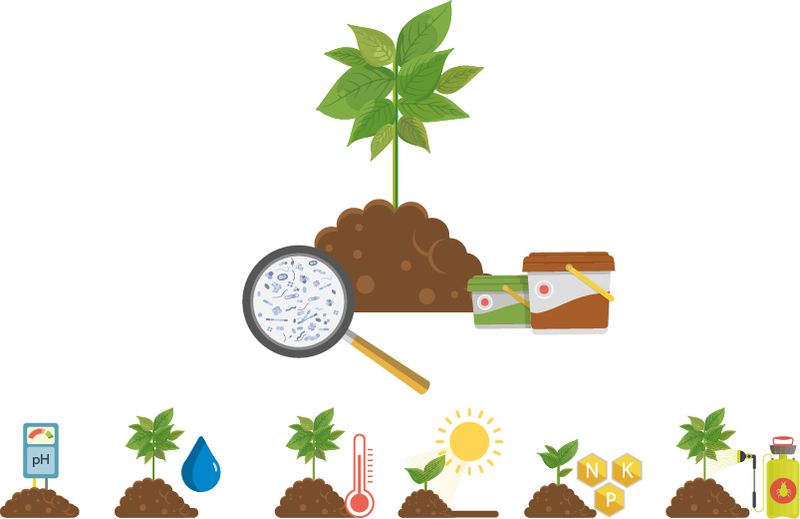

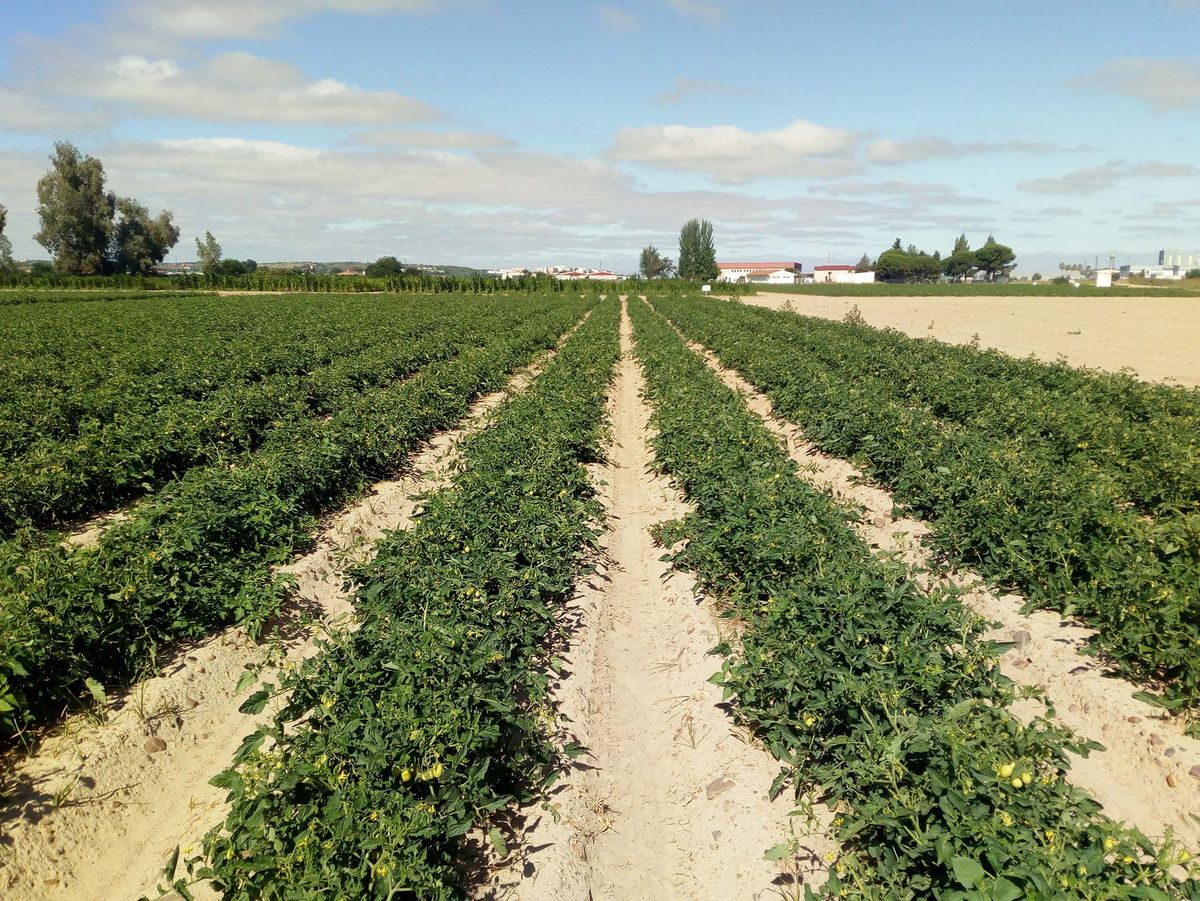
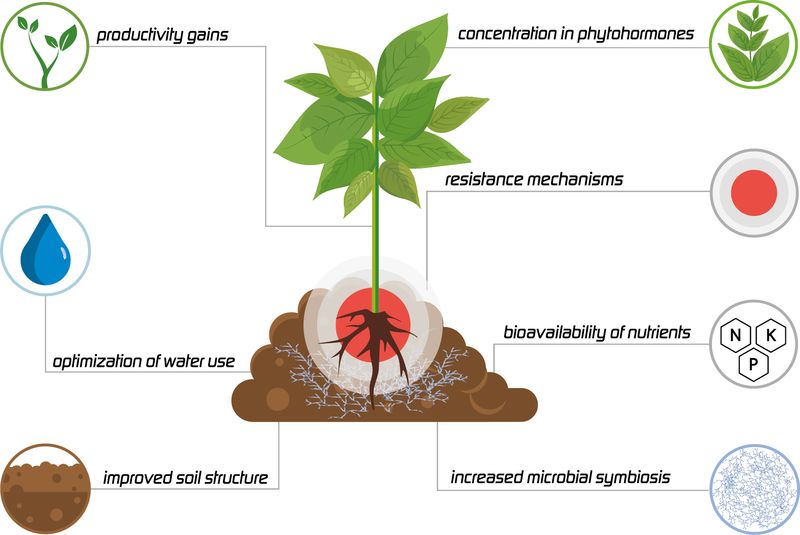
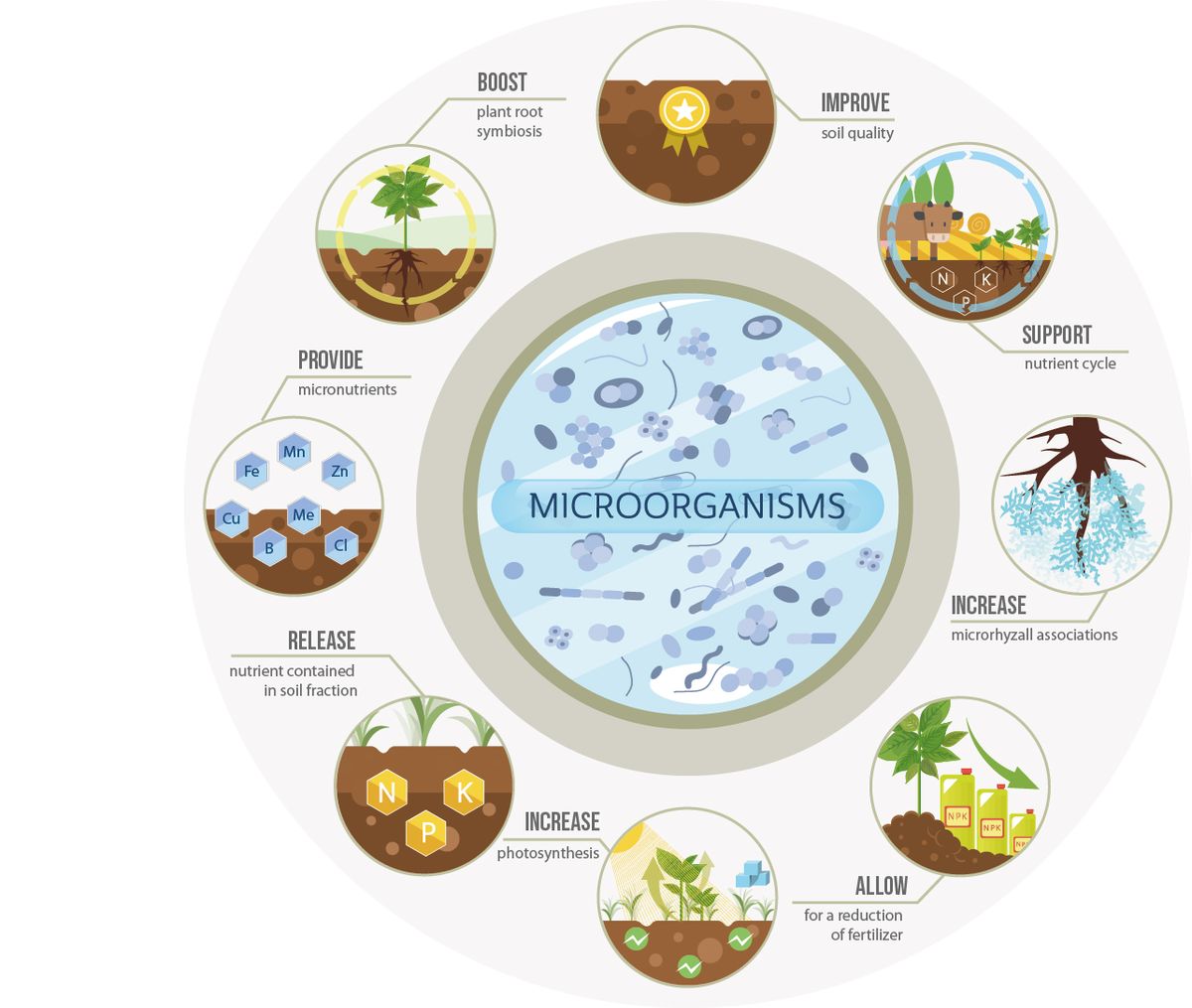
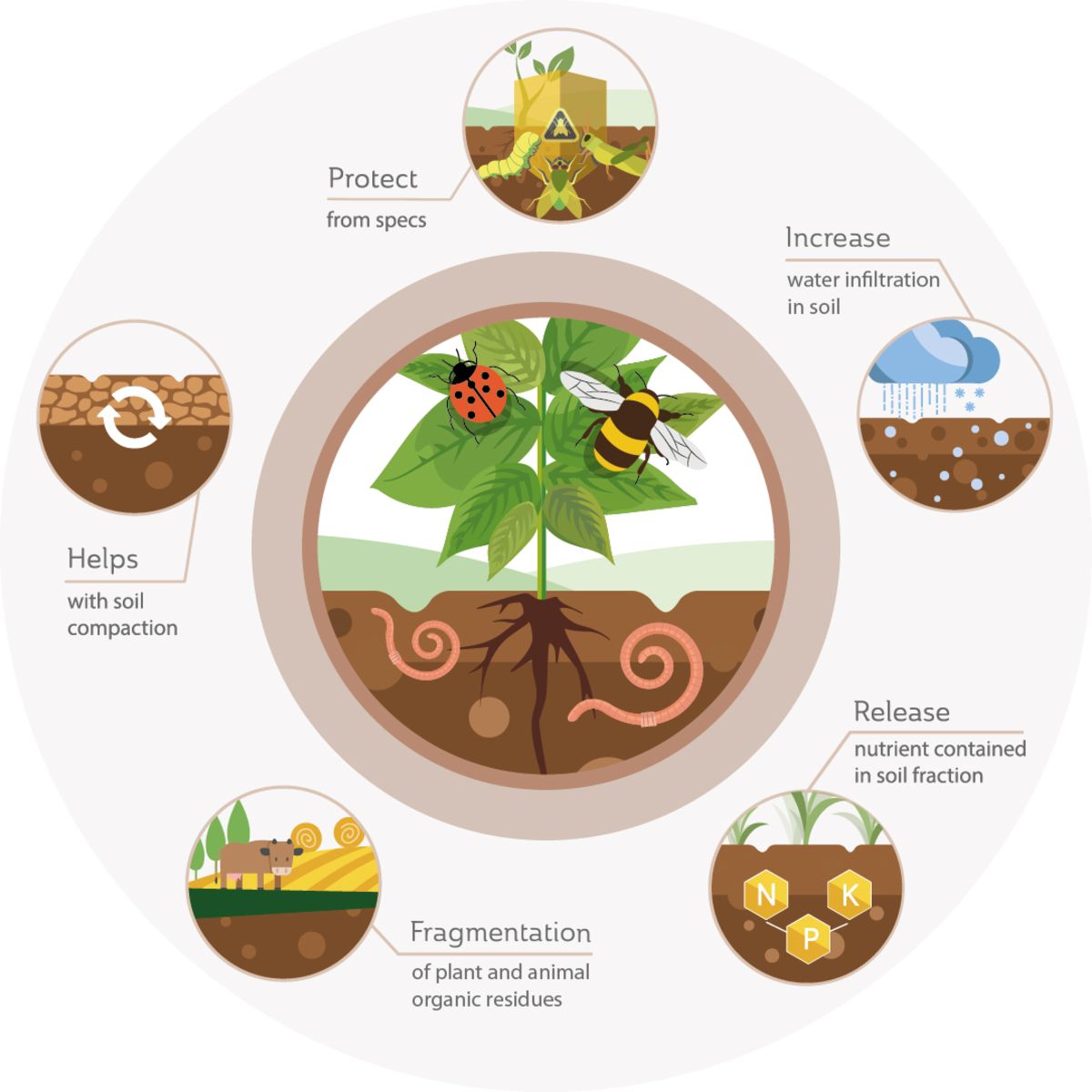
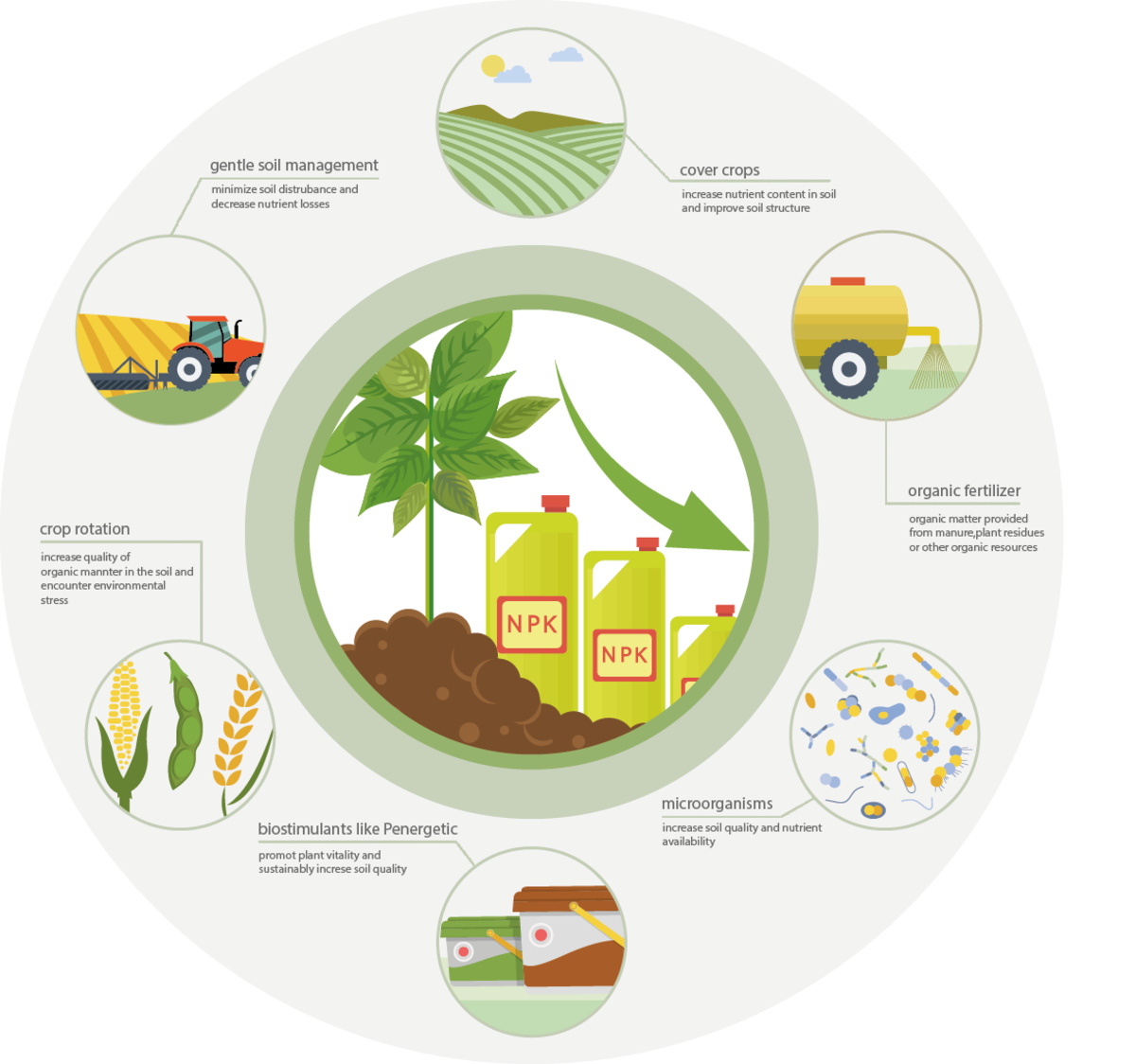
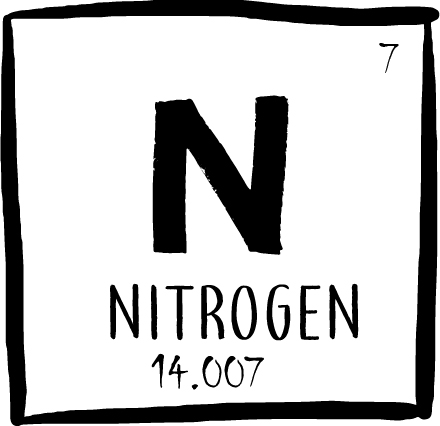

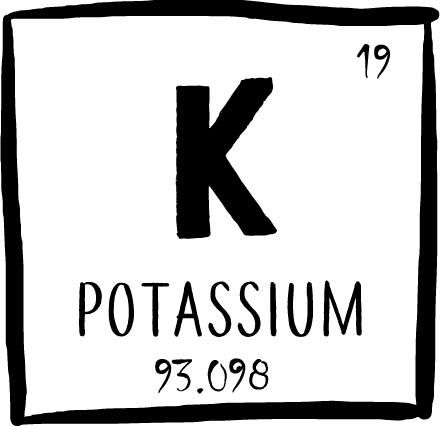

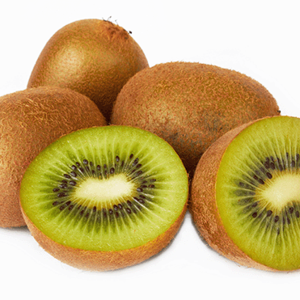
![[Translate to Englisch:] sugar beet: increased yield despite mineral nitrogen reduction](/fileadmin/_processed_/d/1/csm_female-farmer-posing-in-sugar-beet-field-2021-08-29-02-25-56-utc_f36eb5ed0a.jpg)
